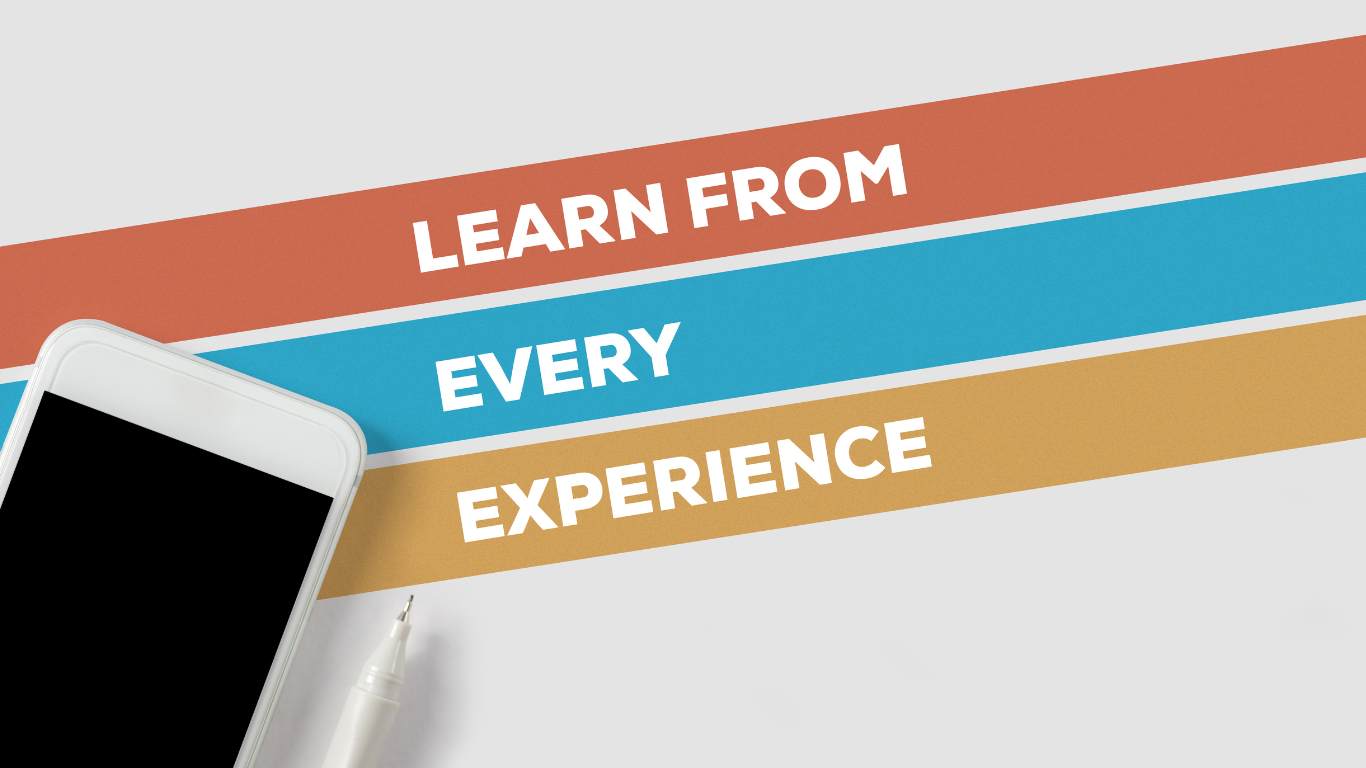Augmented Reality in Education: Use of AR technology to enhance learning experiences in classrooms.
James Bond
. 2 min read
Augmented Reality (AR) has been increasingly explored and implemented in educational settings as a means to revolutionize traditional teaching methods and enhance learning experiences. By blending virtual content with the real-world environment, AR provides students with interactive and immersive learning opportunities that can significantly impact their understanding and retention of information. Moreover, with the integration of video chat, AR takes collaboration to a whole new level, allowing students to interact with peers and educators in real-time, fostering dynamic discussions and enhancing the overall learning process.

Asessment of the Use of AR in Education
- Enhanced Engagement: AR applications in the classroom can capture students' attention and keep them actively engaged in the learning process. Interactive 3D models, virtual simulations, and gamified content make learning more enjoyable and motivating.
- Improved Understanding: Visualizing complex concepts in 3D through AR can aid in comprehension, especially for abstract or challenging subjects. Students can manipulate virtual objects and explore them from different angles, facilitating a deeper understanding of the material.
- Real-World Application: AR enables students to see how theoretical knowledge is relevant in practical situations. It can be particularly valuable in fields like science, engineering, and architecture, where students can simulate experiments or design projects in a virtual environment.
- Personalized Learning: AR technology can be adapted to individual learning styles and paces, offering a more personalized learning experience. Students can progress through lessons at their own speed and receive tailored feedback and guidance.
- Inclusive Education: AR can support inclusive education by accommodating different learning abilities and preferences. It can provide multiple modalities for accessing information, making learning more accessible to diverse student populations.
- Bridging the Gap between Physical and Digital Learning: AR blurs the line between physical and digital learning spaces, allowing for seamless integration of technology into the classroom while maintaining hands-on experiences.
Challenges and Considerations
While AR holds great promise in education, there are challenges that educators and institutions must address:
- Implementation Costs: Adopting AR technology in classrooms might require initial investments in hardware, software, and teacher training, which could be a barrier for some educational institutions.
- Content Quality: Creating high-quality and pedagogically sound AR content can be time-consuming and resource-intensive.
- Technical Requirements: AR applications depend on reliable internet connections and appropriate devices, which might not be available to all students.
- Teacher Training: Teachers need adequate training to effectively integrate AR into their teaching practices and leverage its full potential for enhancing learning.
- Data Privacy and Security: When using AR apps or platforms, data privacy and security concerns need to be carefully addressed, especially when dealing with student information.
- Pedagogical Integration: Effective integration of AR into the curriculum requires careful consideration of learning objectives and how AR activities align with the overall educational goals.
It's important to note that the effectiveness of AR in education largely depends on how it is implemented and integrated into the curriculum. Teachers and educators play a critical role in designing meaningful AR experiences that align with learning objectives and enhance the overall educational process.
If you are looking for specific information from the article you mentioned, I recommend searching for it using a search engine or checking relevant academic databases and educational publications to access the latest research and developments on the use of AR technology in education.
Conclusion
The use of Augmented Reality in education has the potential to transform traditional classrooms into dynamic and engaging learning environments. When thoughtfully integrated into the curriculum, AR can enhance student learning experiences, promote deeper understanding, and prepare students for a technology-driven world. However, successful implementation requires collaboration between educators, technology experts, and stakeholders to ensure its seamless integration into the educational ecosystem.
.jpg)
.jpg)